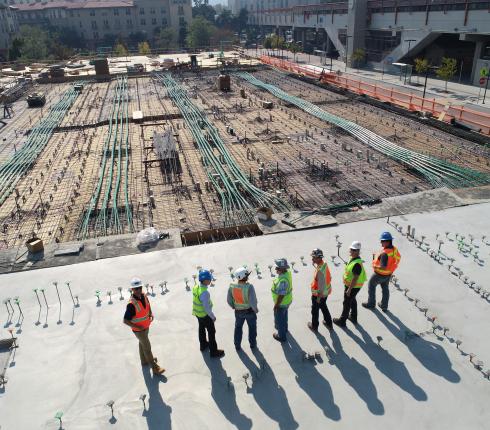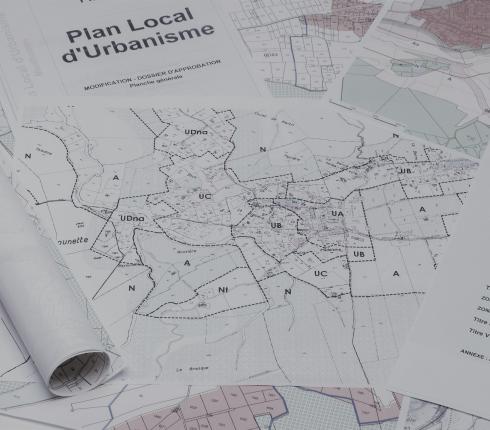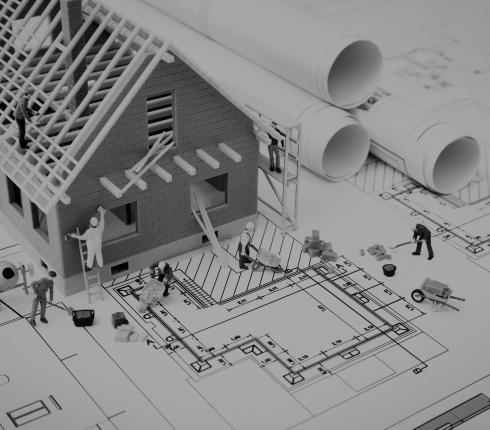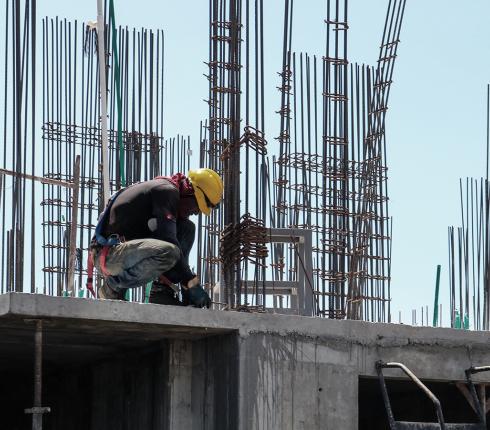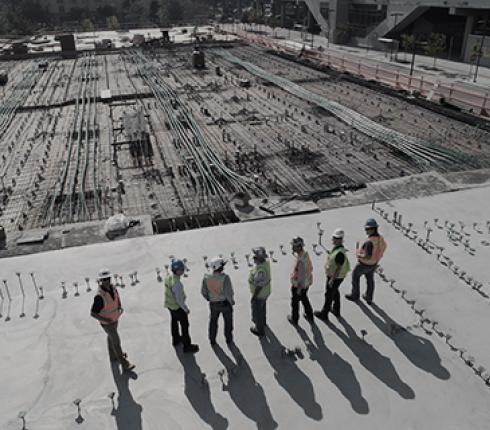NJORD Estonia: Is non-predictable increase of construction cost the basis for the amendments in the construction contract?
Construction is often a long-term process, going on for years. A lot may change during this period in the surrounding economic and political environment. Therefore, at the time of entry into the construction contracts with a longer term, it is often not possible to foresee the significant future developments and changes occurring in the construction market. The changes may include, for example, the appreciation of construction costs, due to unforeseen increases of construction materials, and labour costs during the execution of the construction contract. Classically, this risk is borne by the contractor.
Thus, the long-term construction contracts include a “coded” risk that starting from a certain point in time, the contract execution (construction) costs may not correspond to the changed market situation, i.e. the new market value of the construction. A situation may occur, where the construction prices have gone considerably up due to unforeseen circumstances during the execution of the contract, however, at the time of entry into the contract, the parties could not have reasonably foreseen that. These circumstances will result in a material change in the balance of contractual obligations of the parties to the detriment of the contractor, so that the execution of the contract may become economically very burdensome and harmful for the constructor. It is not excluded that in such a situation, the contractor must cover the cost difference to finalize the construction properly. In this case, the issue is not about the change of construction costs due to the modification of the originally agreed construction volumes or solutions. Although the situation, where more is obtained for the same amount, might be undoubtedly favourable for the customer, it must be examined whether and how the contracting parties can protect themselves against such unforeseeable and high-impact changes in the course of contract execution. There is no simple answer to that.
Court practice has been quite conservative regarding the alteration of the balance of contractual obligations. Although the law allows to demand amendment of a contract upon a material change in the balance of the obligations of the parties, the abovementioned is an exceptional circumstance, where it is necessary to prove that the change was caused by the fact, the persistence of which the parties had agreed upon at the time of entry into the contract. The primary objective in the changed circumstances is the restoration of the balance of the initial contractual obligations, so that the contract is fair for both contractual parties. When entering into risky contracts, the construction contractor must consider that the situation in the construction market, regarding primarily labour and construction material costs, may not remain unchanged and in general, both parties bear their own business risks themselves. This approach is supported by special clauses applied to the employment contract regarding budget overrun. In case the parties have agreed upon a binding budget, it cannot be changed without an agreement, as a rule. If the entered contract does not specify whether the budget is binding or not, the binding nature is presumed. However, if the actual common understanding of the parties at the time of entry into the contract was that the budget may change, the budget may still be non-binding.
When foreseeing a significant increase of costs before the finalization of the construction at the time of entry into the contract, it would be worth to shape the budget in view of the expected increase or to try to agree on a non-binding budget. A signed contract can be amended on the agreement of the parties. That may not always be possible, though, due to customer opposition or lack of interest. According to statistics, the construction market volume has increased in absolute terms in the last nearly ten years, however, short interruptions and regressions have taken place as well. Alike the construction market volume, ups and downs have also modified the size of labour costs in the construction industry. According to the analysts’ estimates, high demand is not reflected in the construction prices and the wage increase shall remain rather modest in the construction sector. In retrospect, the average gross wage has increased from EUR 1048 to EUR 1377 (2nd quarter of 2019) in the construction sector over the last five years. When for some people the wage increase was 6-7% in some of the abovementioned years, then in the last year the increase was around 10%. Considering such changes in the construction market might be foreseeable.
Extreme and non-predictable changes, especially when not due to the internal economic conditions of Estonia but caused by a crisis originated from some foreign country, may theoretically provide the basis for restoring the balance of contractual obligations. Although, as the enforcement of such claim may expose a variety of legal nuances, a legal specialist should first analyse the success prospects of such a court case.







